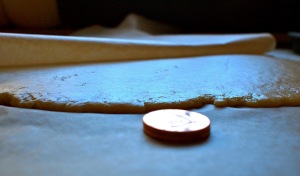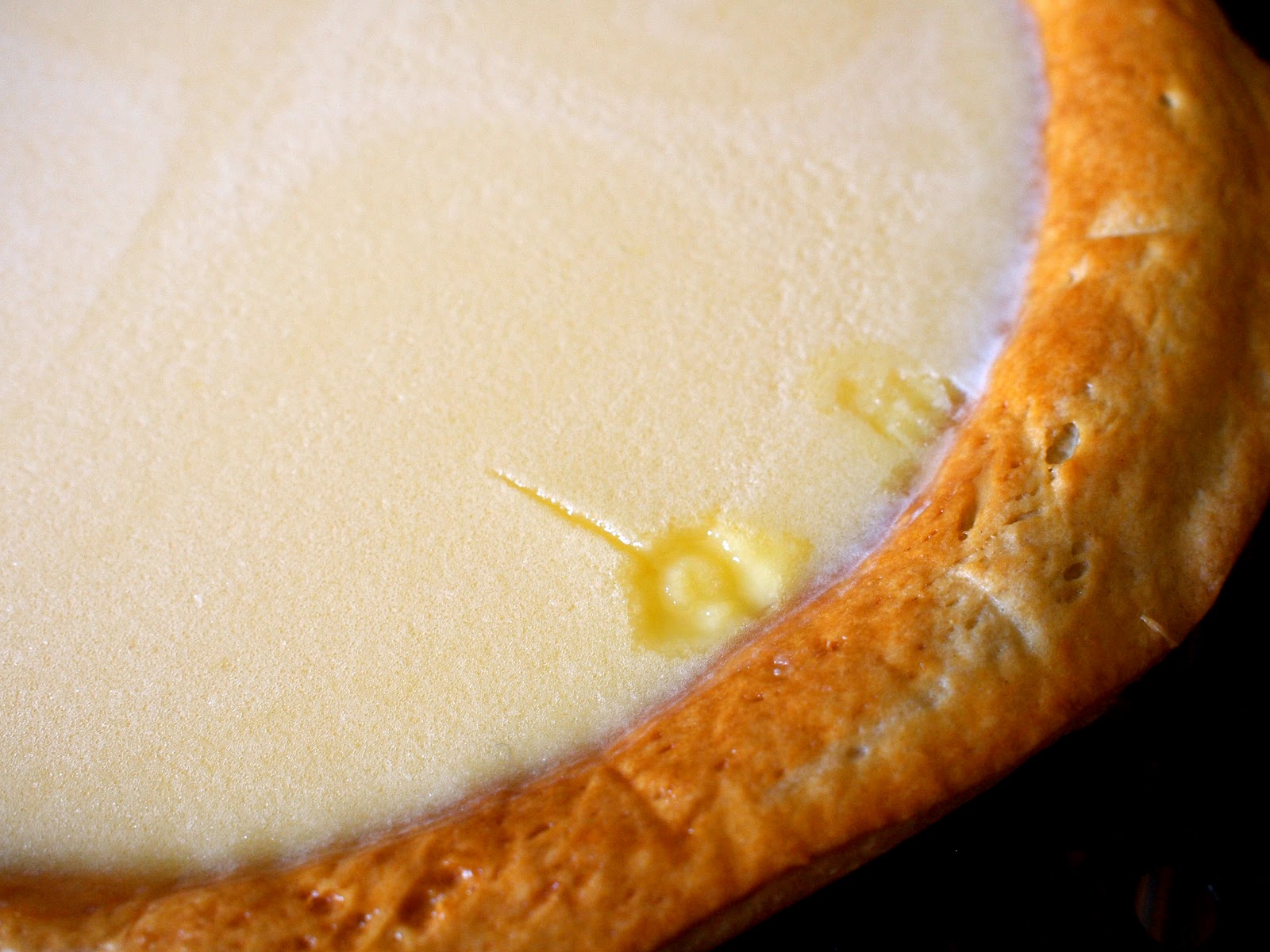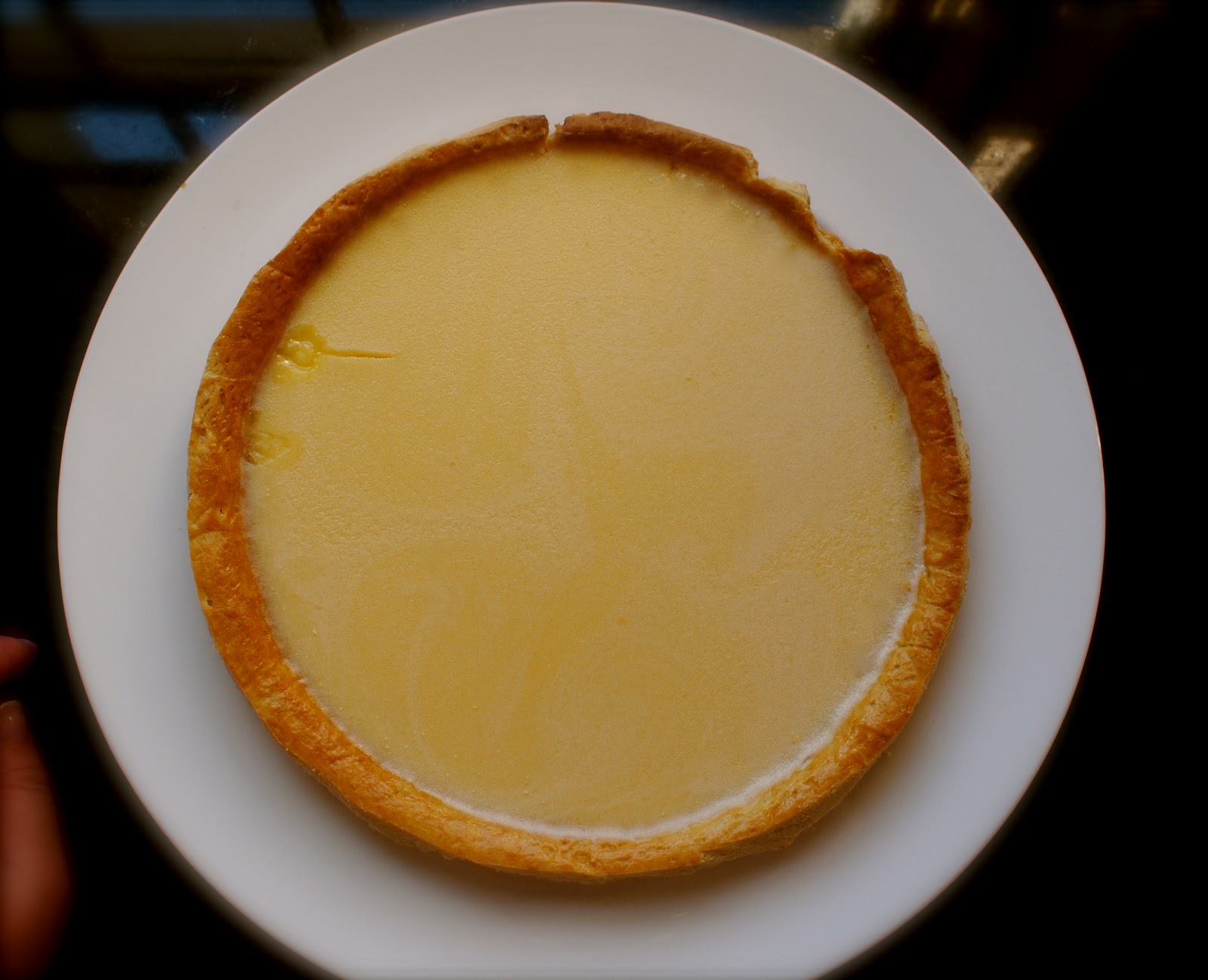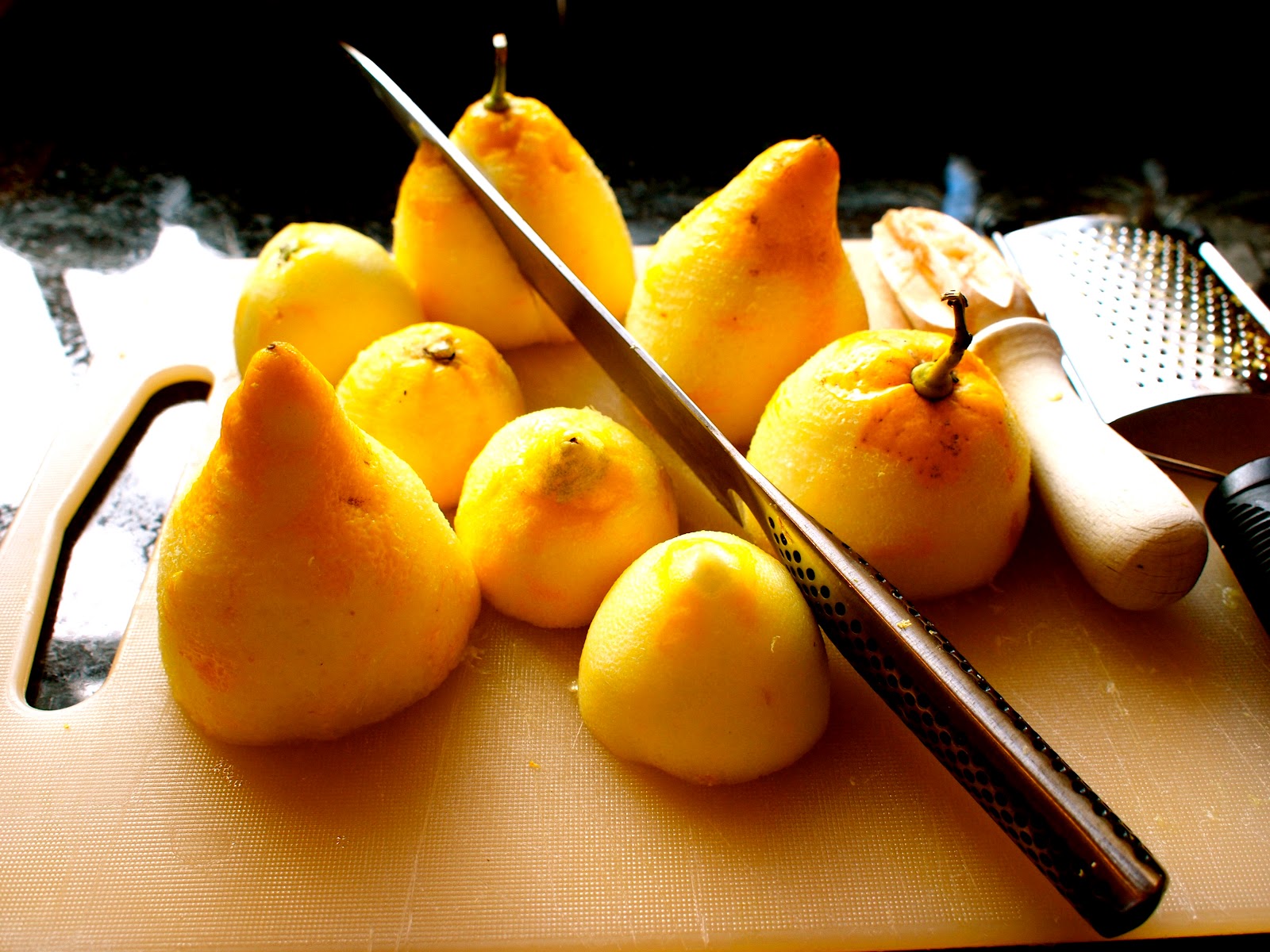Without doubt the best lemon tart I’ve had, light, just set and vibrant with citrus flavours.
I’ve actually made this recipe several times now, and have gradually refined the process so that now the 11yo actually makes it on her own! The first time I ignored all of the instructions about sticking it into the freezer, and I paid the price. Firstly the dough was far too soft to handle, and broke as I was transferring it to the case. Secondly it went golden far too quickly, and lastly it absolutely fell apart when I mis-handled the tin. Make sure you follow the instructions exactly, use an oven thermometer, your digital thermometer, and if you have one, your laser thermometer too!
Ingredients:
For the pastry:
300g plain flour
150g unsalted butter
½ tsp salt
120g icing sugar
3 large egg yolks
Seeds from ½ vanilla pod
Finely grated zest of ½ lemon
1 egg for the egg wash
Method:
- Using a mixer fitted with a paddle attachment, mix the flour, butter and salt on low speed until it becomes a sand like texture (approximately 2-3 minutes). [Actually, I did this by hand]
- In the meantime, in a tall container blitz together the icing sugar and egg yolks with a hand blender.
- Add the vanilla seeds and lemon zest to the egg yolk mixture and then add to the bowl in the mixer and continue to mix on low speed until fully combined and a very soft dough has formed (approximately 3-5 minutes).
- Mould the dough into a flat rectangle and wrap it in clingfilm before placing in the fridge for at least 1 hour. [Did mine overnight, was pretty firm when I rolled it out]
- Roll the pastry between two sheets of baking paper to a thickness of 2mm, using two stacked 2 pence coins as guides, then place in the freezer for 30 minutes.
- Pre-heat the oven to 190ºC/gas mark 5. Line a 26cm tart tin (2.5cm deep) with the pastry making sure to press it into the edges and leaving the pastry hanging over the edge.
- Take a sheet of baking paper and scrunch it up several times to eliminate any sharp edges. Prick the dough with a fork all over the surface. Place the baking paper on top and add enough coins (or baking beans) to fill the casing ¼ of the way up. Place in the preheated oven to bake for approximately 20 minutes or until fully cooked. [Be careful with the coins – once nearly put a watch battery in the oven which someone had dumped in the coin pot – check them!]
- In the meantime, mix some of the leftover dough with an egg using a hand blender.
- After 20 minutes, remove the baking paper and coins and, using a pastry brush, brush the entire surface of the tart with the dough and egg mixture. This ‘liquid pastry’ will ensure that any holes will be sealed. Return the tart to the oven for an additional 10 minutes.
- Remove the tart from the oven and allow to cool completely.
- When ready to bake, preheat the oven to 120ºC/gas mark ½. Place the baked pastry case in the oven to warm up.
[If you’re in a massive hurry, you can use this pastry, it comes in a pre-cut disc and is the best commercial pastry I’ve found to date. This is what the 11yo uses when we’re in a hurry, and it’s pre-rolled to a very suitable thickness]
- Put all the filling ingredients into the thermomix and cook for 10 minutes, speed five, at 60ºC – keep a close eye on the temperature, you want to stop it at 60º – do not rely on the thermomix, check it with a digital thermometer! At this point, strain the mixture through a fine sieve into a jug. With a spoon, remove the bubbles from the surface of the liquid.
- Slide the oven rack out a bit, then pour the mixture into the warm pastry case inside the oven. Fill the case to the top, slide the rack carefully back in, and bake the tart for approximately 25 minutes or until the temperature of the filling reaches 70ºC. Allow to cool completely at room temperature. [Now. You’re supposed to check the temperature with a thermometer – DO NOT TEST THE TEMPERATURE AT THE EDGE OF THE TART! It’s cooked further than the rest of it, and will mark your custard! I’ve now made this tart several times and I actually now test it with a laser thermometer, basing the reading on the centre of the tart – you can also use the ‘wobble test’ – there should still be a noticeable wobble in the centre.]
- Just before serving, trim the overhanging pastry by running a sharp knife round the top of the tart tin and discard.
 |
| Make sure your sheet will cover your tin entirely |
 |
| Rolled to the thickness of two 2p pieces… Eventually… |
 |
| Remember to test your tart in the centre, not at the edge! |
 |
| Tart, with nibbled edge and that blooming crack!… |


